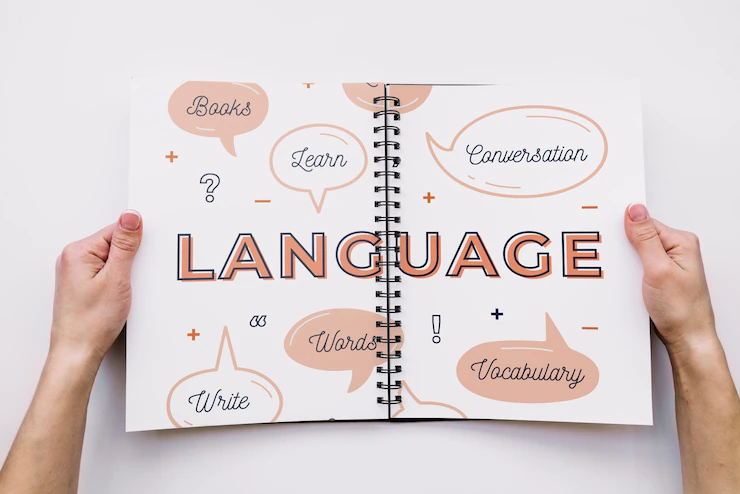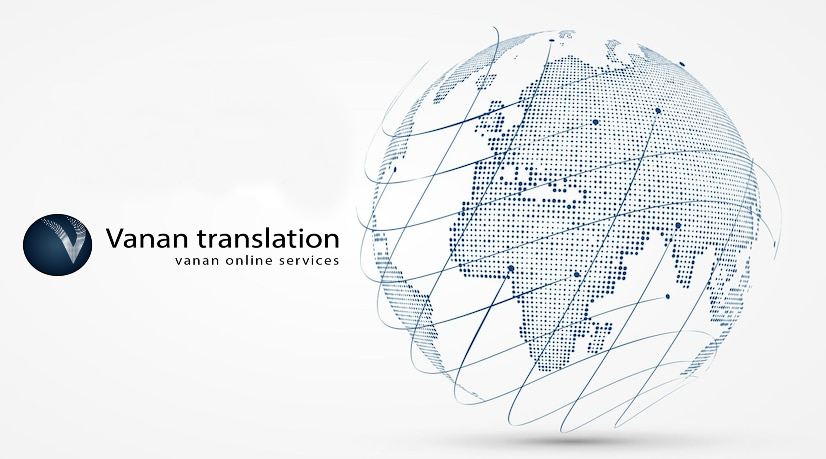
Documents, be they electronic or paper, are the basis of our government, economy, education, and everyday life, without which our society wouldn’t function as smoothly. So, what is document translation?
Document translation entails the conversion of written information from one language to another. It is a complex process that requires the translator to properly understand the source and target languages and cultures for accuracy, completeness, and authenticity in the translation.
A good translation should convey the same intent, meaning, and tone as the original message without errors or omissions. It must take into account the regional and cultural differences of the target market.
What is a Certified Translation of a Document?

A certified translation is one where the translated document is accompanied by a certification from a qualified translator in the form of a stamp, signature, or written statement. These translations are for official use where the receiver requires an affirmation that the translation is accurate, complete, and a true copy of the original document.
Certified translations are especially important for legal and business purposes. They are commonly required for submission to immigration, courts, government agencies, universities, and other organizations.
What is Translation Software?
Translation software is an application in either cloud or desktop versions designed to simplify the translation process and help human translators quickly deliver high-quality translations from one language to another. It includes features, tools, and resources designed to provide a safe and stable translation environment.
How to Get an Official Translation of a Document?
You get an official translation of a document from a professional translator or a credible translation services company. You must consider the relevant credentials, reputation, and experience of the translator. Here below are the three key steps to follow to get an official translation:
- Find a reliable translator or translation agency that offers certified document translation services. The best option is Vanan Translation, as the agency uses a team of native linguists well versed in document translation services.
- Visit the translation agency’s website, upload your document, answer relevant questions on your translation service needs, and request a free quote.
- After receiving your final bill, complete the payment process so the translators can get started on the project as per your requirements.
- When your project is completed, the agency delivers it to you together with a signed statement of accuracy from the translator.
How Much Does Document Translation Cost?
Document translation costs vary depending on the project size, industry, and the complexity of the source language text. Vanan Translation offers high-quality, accurate, and timely document translation services starting at $0.10/word. Multimedia translations cost $7/minute, while the cost of official translations starts at $25/page.
Document Translation When Immigrating: What Documents Do You Translate?
Authorities are usually concerned about the credentials of the people entering their country, whether their purpose is work, study, medical, tourism, or even a permanent immigration visa. It is a standard requirement that all documents needed to support an immigration application but not in the same language as that spoken in the country where the application is made be translated by competent, professional translators.
The documents needed for immigration translation vary from country to country. Some of the most common documents include financial records, character references, passports, birth & death certificates, marriage & divorce certificates, academic certificates, health records, criminal records, etc.
How to Certify a Translation Document?
To certify a translation, the translation specialist or agency must write and sign a certification statement attesting that the translated document is true, accurate, and complete.
The certification statement should include the following:
- A statement attesting that the translated document is accurate.
- A statement regarding the translators qualifications.
- Clarification on whether the certification was done by a reviewer or the original translator
- Identification of the language the translation is in.
- Date, address, name, & signature of the translator.
Conclusion
When picking a translator for your certified document translation services, go for a team with a proven track record of providing high-quality work on time, such as Vanan Translation. With a network of highly skilled native linguists, the agency can translate files in all formats in over 100 languages with the much-needed accuracy and precision at affordable rates. Vanan Translation simplifies the entire translation process by providing notarized translation services.




